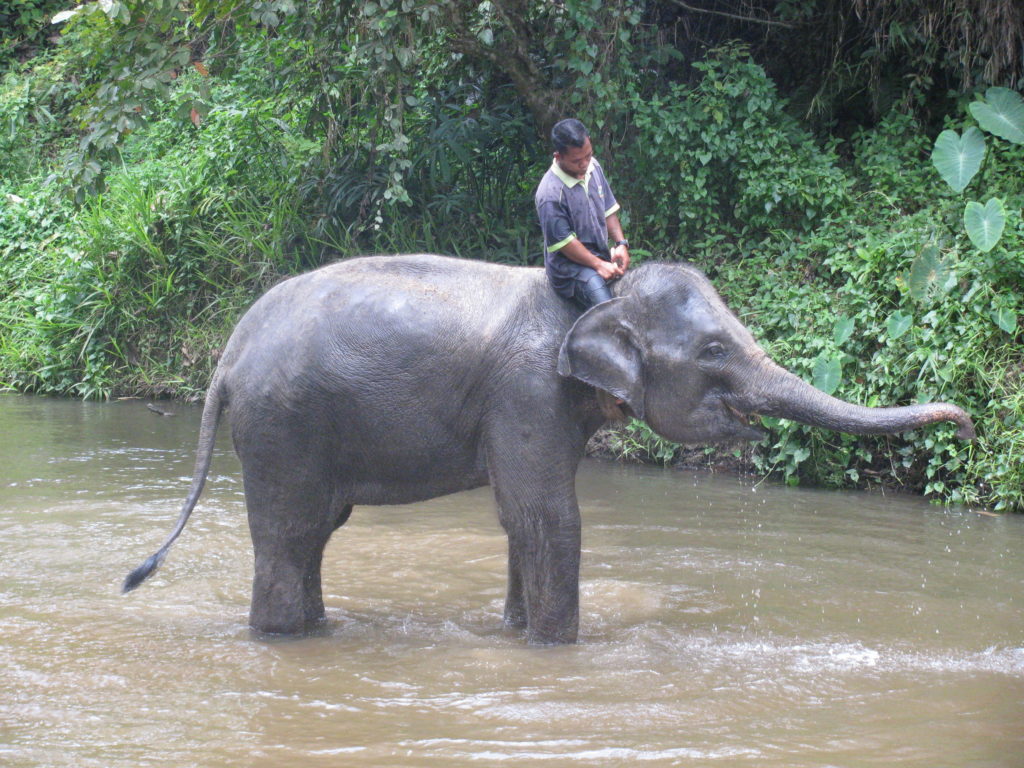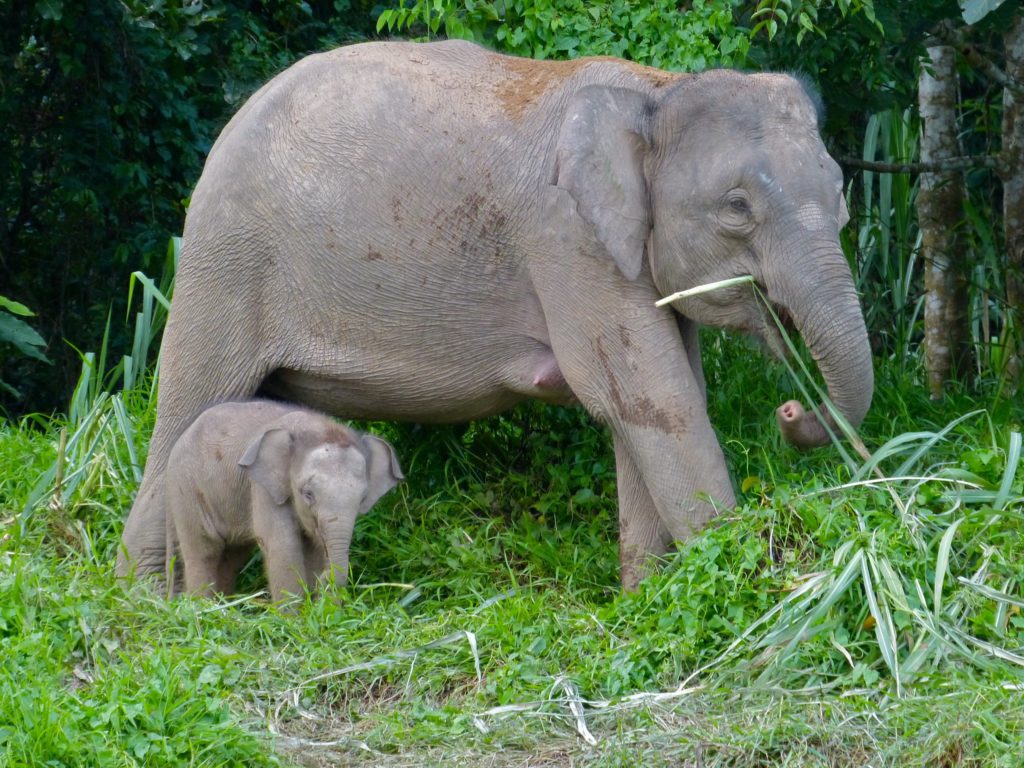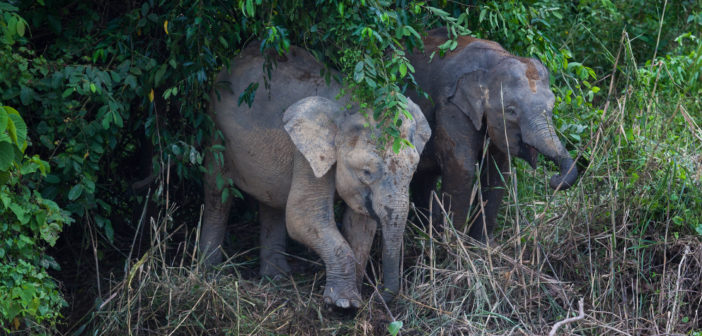Habitat destruction and fragmentation are a major problem for elephant conservation and a root cause of human-elephant conflict in Malaysia, where unregulated and unethical deforestation have pushed elephants out of their natural forest habitats to the barren wastelands left behind.
Elephant sanctuaries are one approach to conflict between these wild animals and human encroachment. Kampung Panti Elephant Sanctuary in the town of Kota Tinggi, and another proposed sanctuary in Hulu Perak district are intended to address these issues, but Friends of the Earth Malaysia (FOEM) is doubtful that sanctuaries are the best option to resolve human-elephant conflict and elephant conservation issues.
What are the real objectives in establishing these two sanctuaries, other than to mitigate human-elephant conflict? Reputable sanctuaries make every effort to replicate an animal’s natural habitat and provide them with the highest standards of humane care, free from any form of further exploitation. Is this the case here in Malaysia?
FOEM notes that the stated intent of these sanctuaries is to serve “as a tourism attraction for nature lovers.” In order to be considered a reputable wild animal sanctuary, hands-on interaction including posing for photos, elephant rides and baths are prohibited. Such interactions are disruptive and frightening for the elephants, and endanger both them and the visitors. Animals are not props.

Kuala Gandah Elephant Sanctuary in Malaysia. this so-called sanctuary serves as a tourist attraction, and elephants are ridden, which is a red flag. Image credit Holiday Point, CC BY-SA 3.0.
According to the Minister of Water, Land and Natural Resources, Johore and Perak State governments, and the Department of Wildlife, an “adequate” amount of space for 150 elephants is 100 hectares. This amounts to 1.6 acres per elephant, and even less than this after the area for the paddock, food storage, and administration block are factored in. In the case of the the proposed sanctuary in Hulu Perak, the site is 40 hectares. Again, there are other amenities taking up this space, such as the clinic, food storage facility, office, research office and interpretive center and gallery. Elephants in the wild have large home ranges that span many miles. Sanctuaries that are not accredited do not begin to provide the needed space for foraging, socialization, and migration.
If the plan is to put all the wild elephants into these two facilities, then that is indeed an inadequate and inhumane response to human-elephant conflict. If it is only for taking in captured wild elephants, then they are not so much sanctuaries but holding facilities or zoos. In any case, these facilities are not equipped to provide a proper healthy habitat for these wild animals.

A pygmy elephant mother and baby in Sabah, Malaysia. Image credit Bernard DUPONT, CC BY-SA 3.0.
There is a need for a clear policy and strategic planning to resolve human-elephant conflict and elephant conservation issues. The current approach to dealing with such conflict is largely ad hoc, and predisposed to failure because of inappropriate application of methods, lack of involvement of local people, lack of monitoring of conflict and conflict mitigation measures, and inadequate understanding of elephant ecology in deploying mitigation strategies.
Since habitat loss, degradation and fragmentation are the root causes of the problem, they need to be addressed to provide long–term solutions to conflict. Elephants are intelligent mammals who are simply competing with humans for resources, and mitigation must involve not just curbing animal movement and consolidating habitat, but also enabling local villagers to withstand the costs. Conflict mitigation cannot be solved by wildlife departments alone; it requires multidisciplinary collaborations between Forestry, local companies, land-use planners and biologists. Working with the community to re-establish lost migratory routes as well as a long term time frame and policies are crucial.
Current and future land use plans need to accommodate elephants. This could be an entry point for a much wider conservation action, the significance of which goes beyond these large mammals. To be successful, a national policy – with a budget to implement it – is needed.
Featured image: pygmy elephants in Borneo, Malaysia. Image credit Andrea Schieber, CC BY-SA 3.0.






1 Comment
Is the reserve a place for tourism ????